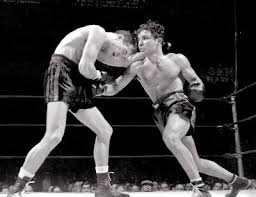 It's counter-intuitive, but referring to your competitor in a press release can help boost the pick-up of your news or information. Why? First, it gives the impression that you might actually be objective -- not usually the case with press releases. Second, when your press or news release is built around a list of the "top" this, the "best" that, or the "most popular" something else, it can be hard to leave them out.
It's counter-intuitive, but referring to your competitor in a press release can help boost the pick-up of your news or information. Why? First, it gives the impression that you might actually be objective -- not usually the case with press releases. Second, when your press or news release is built around a list of the "top" this, the "best" that, or the "most popular" something else, it can be hard to leave them out.How does this work? One of the best ways to get media attention is to offer a "best of" or "most popular" list. A list must include products or services that aren't yours -- otherwise, the list has no credibility. If you chose them carefully for reasons based on retail geography, product features, cost, or something else that's relevant, you can position your brand appropriately while boosting your pick-up by offering to the press what appears to be fairly objective news and information that is actually useful.
Here are a few examples of how this might work:
- The maker of a product such as BlindWinder, which stores dangerous blind cords, can send a press release on "the most appreciated baby shower gifts." The list could include BlindWinders, the enormously popular What To Expect When You're Expecting book, the new Pampers designer diapers getting lots of publicity right now (and why not piggyback on that?), or anything else the manufacturer uncovers in research on this subject.
- A private school looking to boost enrollment can offer advice on how to select a private school by focusing on its strengths while comparing itself to competitive schools that stand out in other ways. For example, if your school has no athletic program, emphasize the athletics of a competitor because you're not going to attract the family looking for a top athletics program anyway. If one of your school's strengths is its affordability, make sure the most expensive private school in the area is on the list, with its cost emphasized.
- The author of a summer grilling book can offer a list of the best new cookbooks for outdoor chefs. The list will include the author's book first, followed by a flattering critique of four others, all selected because they emphasize foods or cooking styles not covered in the author's book.
Have you used this tactic before? What was the outcome?




No comments:
Post a Comment